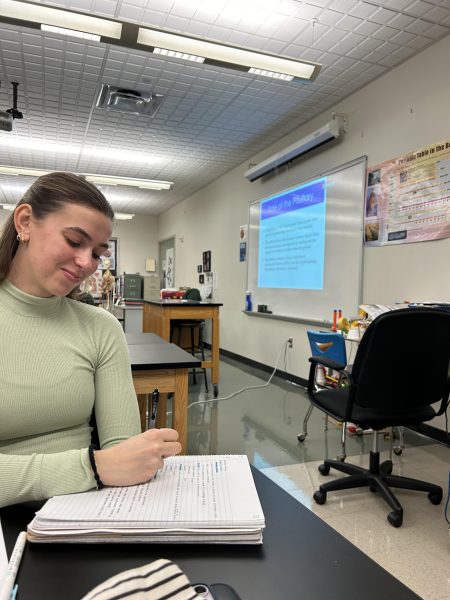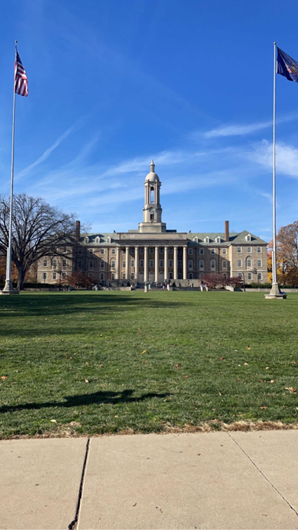The Next Global Pandemic
Climate change and deforestation make the world more hospitable to viruses and bacteria. Changes in temperature and rainfall have a profound effect on the spreading of infectious diseases. More extreme weather including droughts, floods, and heatwaves have numerous effects on the world’s animals and ecosystems. Many of the species that are affected will be animals that host viruses that affect humans. Deforestation plays an important role in pushing, burning, and plowing areas to clear for farming. people are coming into contact with new areas of disease bacteria and viruses. Studies have shown that degraded habitats harbor more viruses that can infect humans.
Deforestation contributes to the spread of life-threatening diseases such as malaria. A historical example of this is the fall of The Roman Empire which collapsed due to malaria and was exacerbated by deforestation in Rome’s Tiber River valley. Many have emerged from forests, Zika virus in Latin America, and Yellow Fever from the forests of Africa. As forests are cut down numerous new boundaries are created between the forested areas and the forest and animals and insects gather in the borders of these altered ecosystems providing an ongoing source of virus for the insects. The earliest cases of COVID-19 were linked to Wuhan, China in a market where wild animals were sold for meat. Once a disease has left a forested region it can travel anywhere in the world very quickly.
Bats that carried Ebola and AIDS came from people eating bush meat. We need to recognize and understand these connections and teach people that keeping nature intact and avoiding deforestation will protect us from unknown diseases in the future. Diseases like COVID-19 are on the rise and are unpredictable with devastating losses of life and destruction to economies.
https://sites.google.com/pennridge.us/climate-change-matters/home?pli=1
Grade 12
Interests/Hobbies: Plays first person shooter games during free time, loves to go outside, has earned the life badge in Boy Scouts, enjoys...









